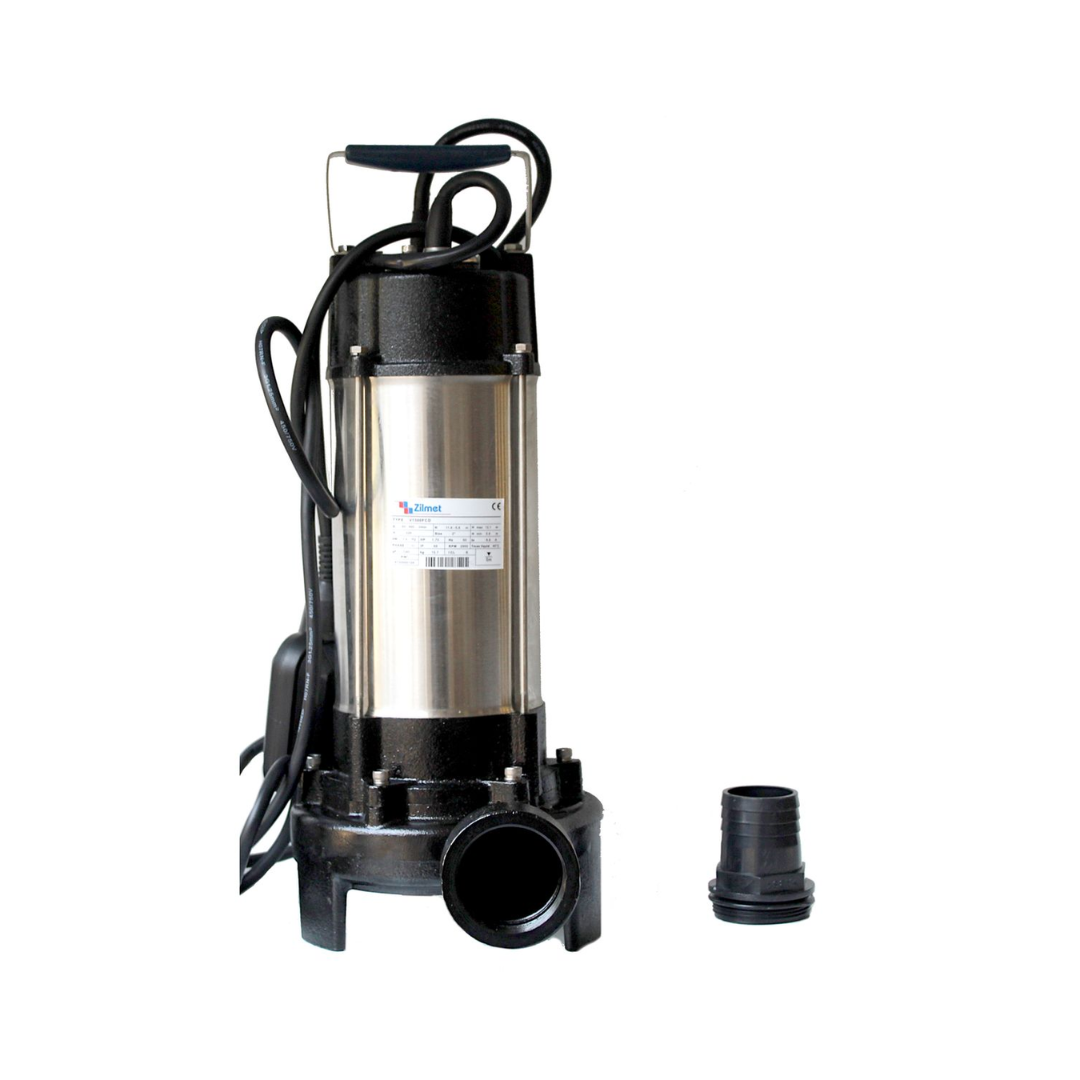LJR Pump Distributors
Dirty Water Submersible Pump
Dirty Water Submersible Pump
Couldn't load pickup availability
A Borehole Dirty Water Submersible Pump without a float switch is a specialized pump designed to handle water with solid particles or debris, typically found in applications such as drainage, sewage, or wastewater management. Here’s a detailed description of its features, construction, and usage:
1. **Design and Construction**:
- **Material**: Constructed from durable materials such as stainless steel, cast iron, or thermoplastic, depending on the intended application and the aggressiveness of the pumped media.
- **Submersible Design**: The pump is designed to be completely submerged in the water or liquid it is pumping. This allows it to operate efficiently without the risk of overheating and minimizes noise during operation.
- **Impeller and Motor**: Typically equipped with a robust impeller driven by an electric motor. The impeller is designed to handle solids or semi-solids present in the water without clogging.
- **Sealing**: The pump is sealed to prevent water ingress into the motor and electrical components, ensuring safe and reliable operation in submerged conditions.
2. **Functionality**:
- **Solid Handling Capability**: Capable of handling water containing solid particles such as sand, silt, mud, leaves, and small debris. The impeller design and clearance are optimized to pass these solids without clogging.
- **Pumping Capacity**: Designed to pump water efficiently over varying distances and elevations, depending on the specific model and motor power.
- **Continuous Operation**: Suitable for continuous duty applications where water or wastewater needs to be pumped out regularly, such as in construction sites, mines, basements, and sewage systems.
3. **Applications**:
- **Construction Sites**: Draining excavations, foundations, and flooded areas.
- **Sewage Systems**: Pumping wastewater and sewage from residential, commercial, and industrial facilities.
- **Industrial Use**: Handling process water with suspended solids, chemicals, or abrasive materials.
- **Municipal Services**: Used in municipal drainage systems and wastewater treatment plants.
4. **Installation and Operation**:
- **Submersion**: Installed directly into the water or liquid being pumped, typically suspended on a cable or fixed to a guide rail system.
- **Power Supply**: Connected to a power source via a waterproof cable, ensuring safe electrical operation in submerged conditions.
- **Manual Control**: Operated manually or controlled by an external control system depending on the application. In the absence of a float switch, manual monitoring and control of pump activation may be required.
5. **Maintenance**:
- **Regular Inspection**: Periodically check for signs of wear, damage, or corrosion on pump components.
- **Cleaning**: Clear any debris or blockages from the pump intake and impeller to maintain optimal performance.
- **Lubrication**: Some models may require lubrication of bearings or seals as part of routine maintenance.
6. **Advantages**:
- **Efficiency**: Efficient operation in pumping water with solids or debris, reducing the risk of clogging and downtime.
- **Reliability**: Designed for continuous operation in harsh environments, ensuring reliable performance over extended periods.
- **Versatility**: Suitable for a wide range of applications where handling dirty or contaminated water is necessary.
In summary, a Borehole Dirty Water Submersible Pump without a float switch is a robust and reliable solution for pumping water with solids or debris in various industrial, municipal, and residential applications. Its submersible design and solid handling capabilities make it indispensable in environments where traditional pumps may struggle with clogging or performance issues.
Share

